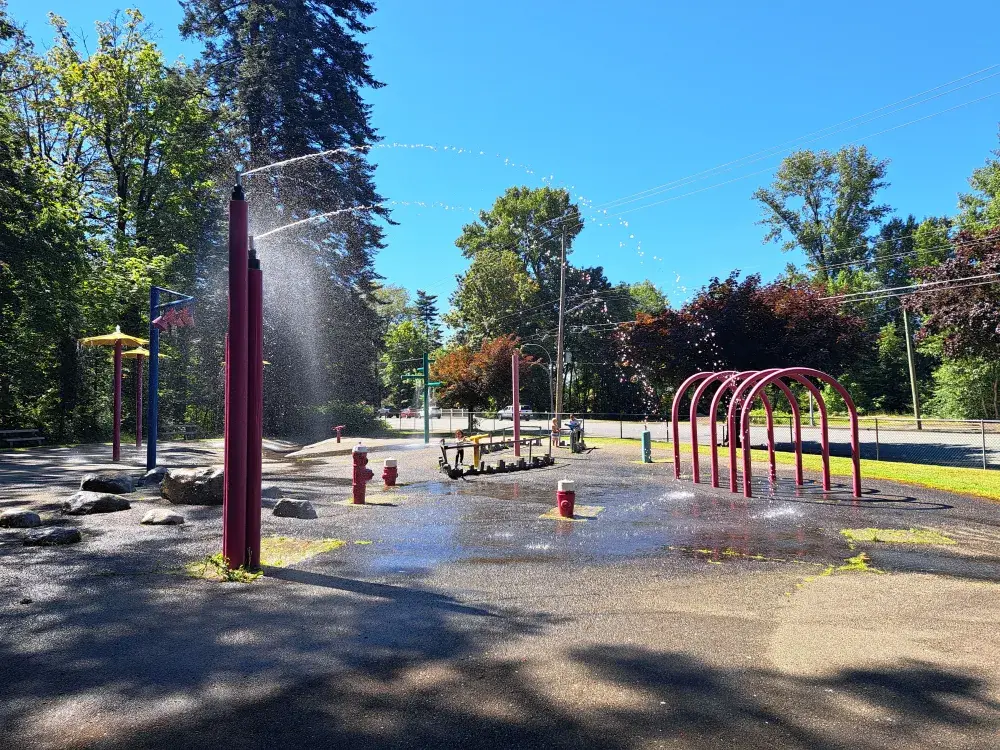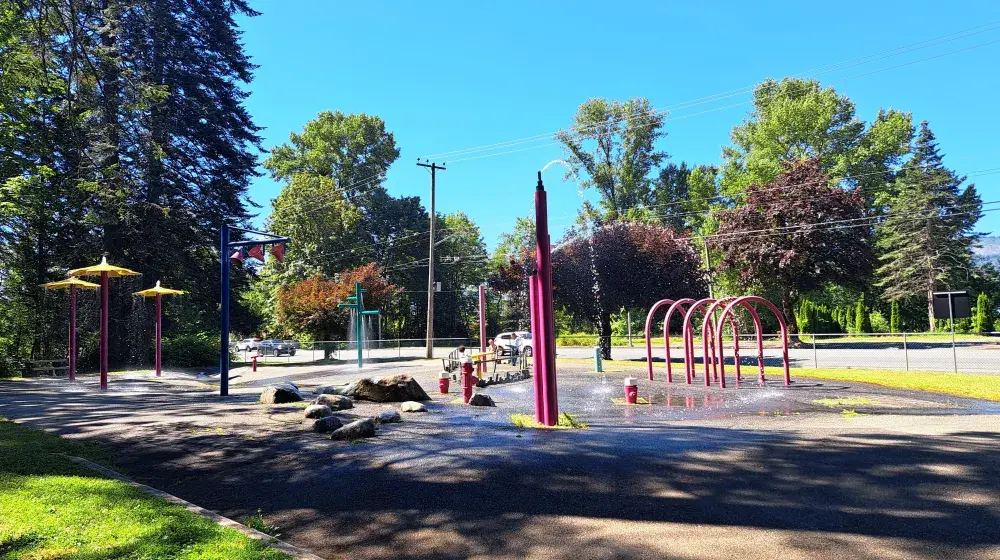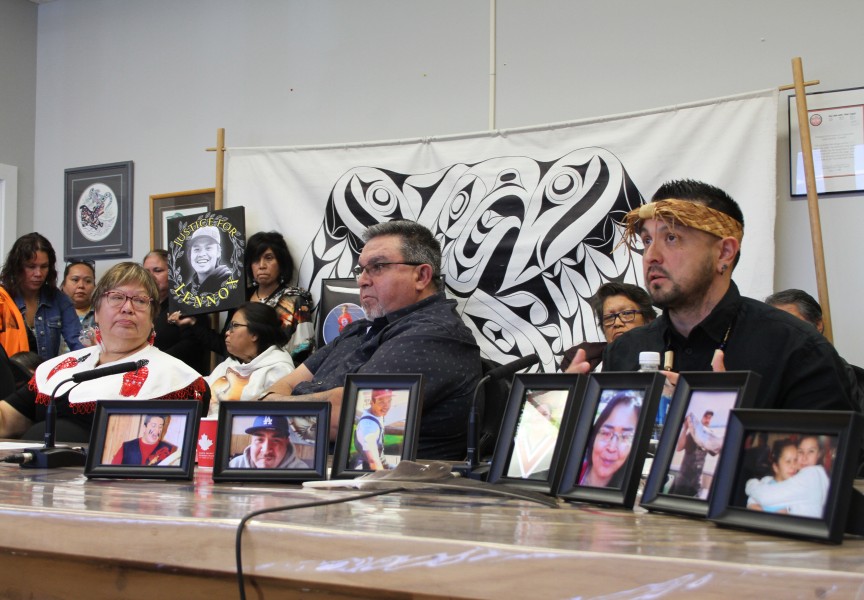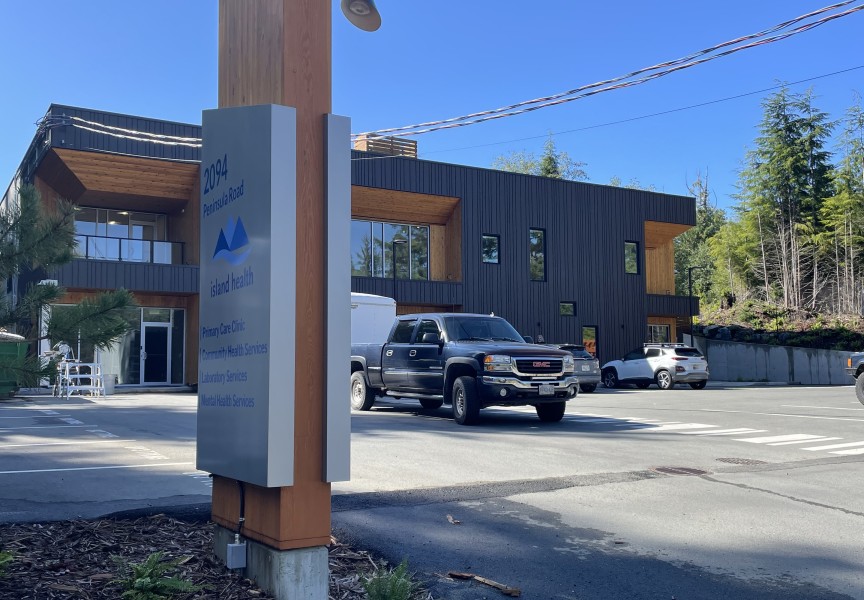The first heat wave of the summer upon us and Environment Canada is issuing a warning for central and east Vancouver Island.
Vancouver Island residents can expect to see highs ranging from the low to mid-30s all weekend. Port Alberni is expected to see a high of 34 Celsius over the weekend, Victoria 29, Tofino 26 and Gold River getting up to 30 C.
With these high temperatures the First Nation’s Health Authority is urging people to stay cool.
“Heat can be dangerous, especially to elders, people with disabilities and young children,” stated the FNHA. “Please take precautions to keep everyone cool when the temperatures heat up.”
The FNHA gave Ha-Shilth-Sa a list of tips to stay cool. These include closing your curtains and windows during the day and opening them at night will keep your home cooler. It also helps to take it easy and avoid intense activities, drink plenty of water, while seeking out cooler locations such as shaded areas, basements and air-conditioned buildings will also help, according to the health authority. You can also apply ice packs or cool damp cloths to your wrist and neck to reduce your body temperature and check on others, especially those who live alone or are at high risk.
During times of extreme heat, it is also important to know the difference between heat exhaustion and heat stroke and how to treat these conditions, according to the Canadian Heart and Stroke Foundation.
Heat exhaustion will have you feeling faint or dizzy, causing excessive sweating with pale, clammy skin, bringing on nausea, a rapid or weak pulse as well as muscle cramps. If you are feeling these symptoms, the Canadian Heart and Stroke Foundation stresses the importance of finding a cooler location, raising your feet, drinking plenty of water or an electrolyte drink such as Gatorade and to cool your skin with water or a fan. Icepacks can be placed around the neck or armpits to speed the cooling process.
Heat stroke being a much more serious condition, people are urged to call 911 or have someone take you to your local emergency room. Heat stroke symptoms include throbbing headache, no sweating, a feverish body with a temperature above 103 degrees, nausea or vomiting, a rapid strong pulse and you may lose consciousness. While waiting for emergency services lay down in a recovery position to prevent additional injury if you do lose consciousness.
This reporter also wants to remind you that a heat wave is hard for our pets as well. The BC SPCA urges owners to leave your pet at home while you are out for errands and to not have them in a hot vehicle. A car on a hot day can be 45 to 50 degrees Fahrenheit hotter inside than the temperature outside after 60 minutes. Providing ample hydration is as crucial for your pet to stay hydrated, as it is for you. Walking your dog in the early morning before the asphalt gets to hot, making a frozen treat bowl and giving them a cooling place to sleep will help your pet make it through this weekend’s heat wave.
With these high temperatures expected to continue for the next seven days its important to be prepared.








